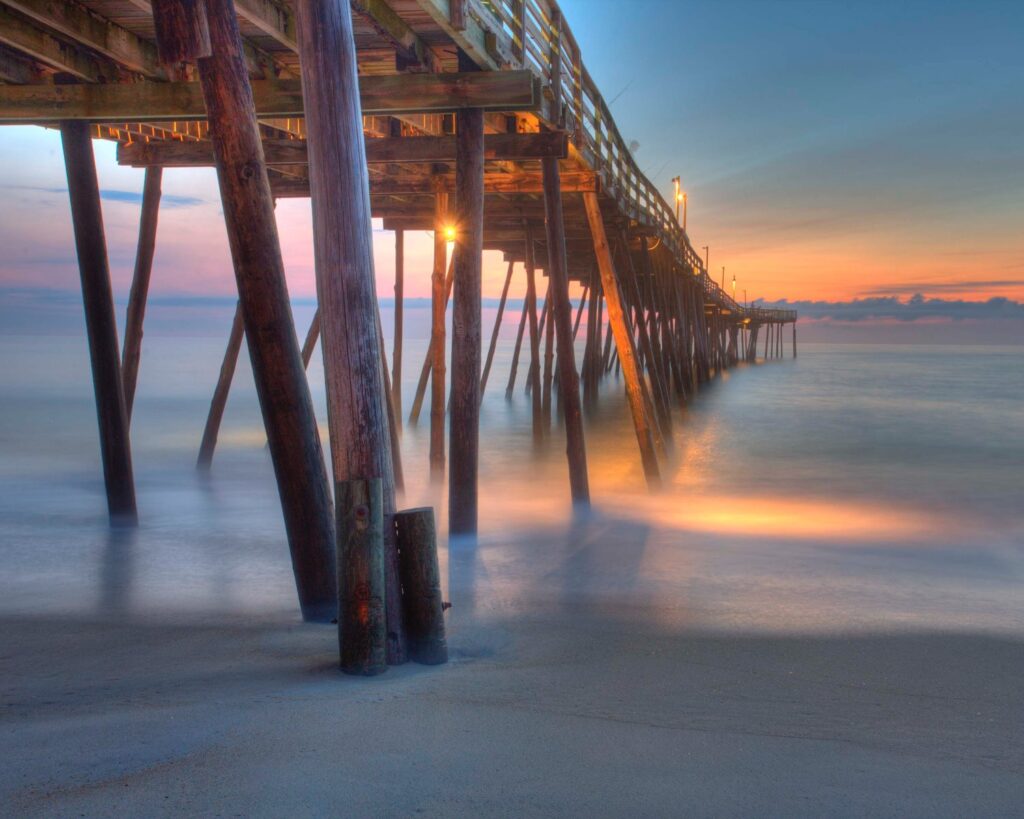The coastal landscape is characterized by the different types of land formations. These landscape types include: cliffs, rocky beaches, lagoons, and rivers. Read on to learn more about the various types of coastal landscapes. There are many different types of coasts and each one has their own unique beauty. Here are a few examples of the different types of coastal landscapes.
Coastal rivers
Coastal rivers are rivers that run along coastlines. Their shape is a result of the interaction of wind, waves and tides. Waves are responsible for generating energy, which is redistributed along the coastline by tides and currents. Two major categories of waves exist: destructive and constructive waves. Destructive waves have high energy and are often characterized by strong swash and weak backwash. These waves produce many of the striking features of the coastline.
The length of the coast varies depending on how it is measured and how general the cartographic approach is. It can vary from hundreds of kilometers long to fractions of a millimeter wide. It is difficult to determine the length of a coastline because there are features at all scales. In addition, the perimeter of a landmass is not clearly defined.
Coastal cliffs
Coastal cliffs are a unique and diverse landform in coastal areas. They include massive limestone faces, submerged shore platforms, emergent sea-caves, natural tunnels, and boulder screes. Furthermore, they extend offshore into stacks, arches, and shoals.
Coastal cliffs are formed from a combination of different rock layers formed by erosion. These layers may be from different geological periods. The type of rock used will determine the resistance to erosion of a cliff. The softer rock will be less able to resist erosion.
Coastal beaches
A coastal beach can have several different forms. It can have a regular shoreline structure, like a dune, or a more irregular structure like a sandbar. The former is usually much narrower than the latter, and is characterized by a large amount of sand.
A sandbar can be either gentle or steep, depending on its energy level. The former is characterized by little or no rock debris at its base. As the waves hit the sand, the debris quickly breaks apart and is carried away. In contrast, a sub-aerial cliff has a lower profile and low relief, indicating that it is not actively eroded.
Coastal lagoons
Coastal lagoons are habitats for subtidal benthic invertebrates and can help improve local biodiversity. The presence of seagrasses can also protect lagoons from predation and provide feeding and nursery habitats for a range of animals and plants.
Coastal lagoons are part of the coastal landscape, formed when an influx of freshwater from an adjacent sea slowly seeps into an inland body of water. Coastal lagoons typically form on coastal regions with small freshwater inflows and moderately sheltered coastlines.
Coastal fences
In a coastal landscape, coastal fences may play an important role in maintaining a natural balance and preventing coastal erosion. Using biodegradable materials and locally available brushwood, these fences have the potential to be effective coastal protection measures. They can reduce incoming onshore wind velocity and create an additional buffer zone for sediment that can help rebalance sediment budgets.
Coastal fences are made of materials that are naturally resistant to wind, rain, and salt. They also provide privacy and act as safety structures. Typically, they are made from teak wood, which can resist exposure to salt and weather to a pleasant patina. Some fences also feature climbing plants to add visual interest to the landscape. Coastal fences also often include benches, which are an essential part of enjoying a day by the sea.
Coastal plants
Coastal plants are suited to the tough conditions of a coastal landscape. They are resilient to drought and poor soil. The best plants are hardy and have leathery or hairy leaves that help to reduce moisture loss. They are also useful plants for inland gardens and areas with sandy soil and drought.
Coastal plants can be hardy and adaptable, allowing them to grow in very rocky areas. You should look for varieties that will tolerate saltwater, such as sea kale, lavender, and sea thrift. Tall wavy perennials, such as achillea, are also great choices for coastal gardens. They’ll also tolerate strong winds. You should group these plantings closely together to provide extra protection.
Coastal communities
The coastal landscape and coastal communities are highly vulnerable to climate change. Changing temperatures, precipitation, and sea level are just a few of the factors that will affect them. Increased erosion and coastal flooding are also a major concern. These changes will also have significant impacts on the socio-economic conditions of coastal communities. These communities are often disadvantaged by geography and rely heavily on seasonal employment.
The coastal landscape is made up of various marine and estuarine ecosystems. These ecosystems provide a range of ecosystem services, including climate regulation, provisioning marine and forest products, and supporting human activities.
Did you miss our previous article…
https://yardworship.com/green-vinyl-coated-wire-fencing/

